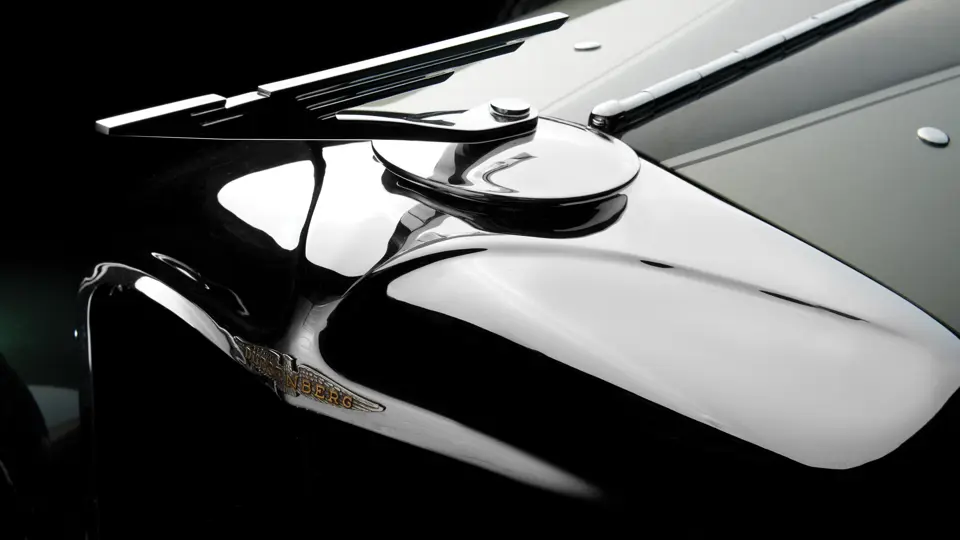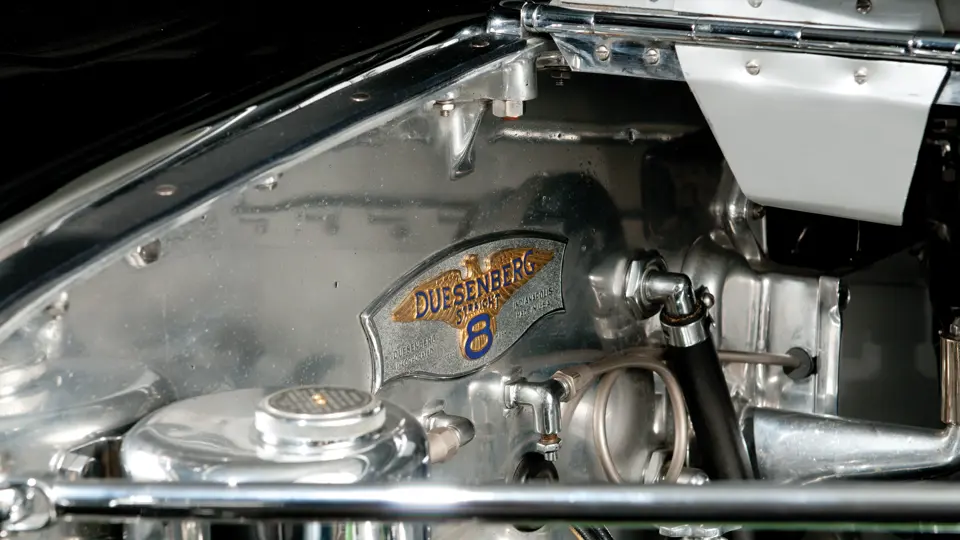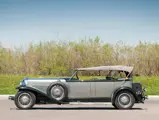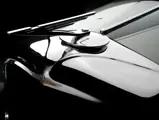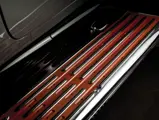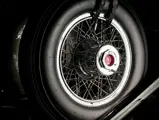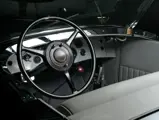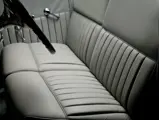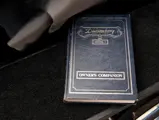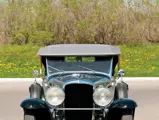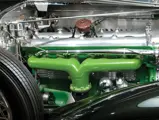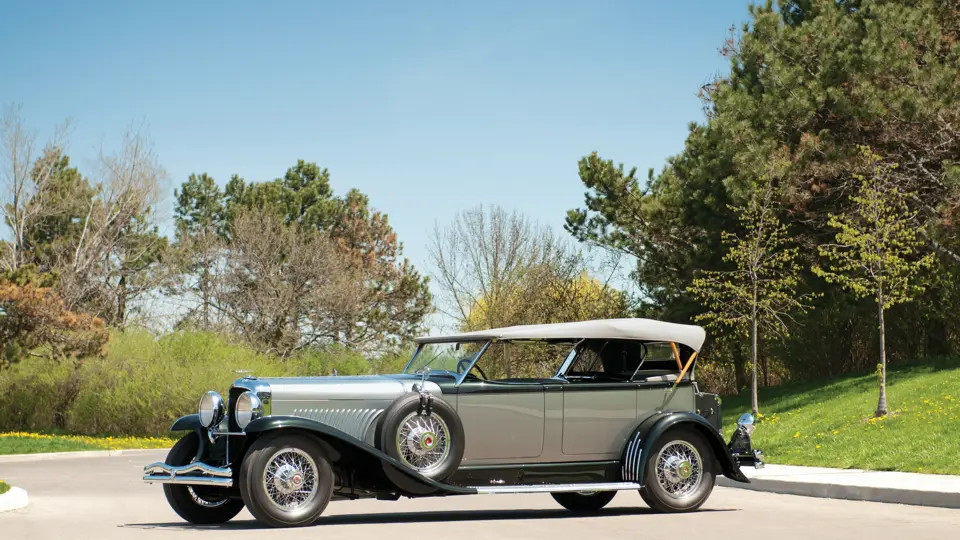
1929 Duesenberg Model J Dual-Cowl Phaeton in the style of Murphy
{{lr.item.text}}
$682,000 USD | Sold
{{bidding.lot.reserveStatusFormatted}}
- Jim Hoe’s legendary Duesenberg race car reborn as an original Model J
- Beautifully restored by marque experts
- Extremely authentic coachwork to an original design
265 bhp, 420 cu. in. DOHC inline eight-cylinder, three-speed manual transmission, beam type front and live rear axles with semi-elliptic leaf springs, and vacuum-assisted four-wheel hydraulic drum brakes. Wheelbase: 153.5 in.
A peculiarity of the Duesenberg mystique is the establishment, in Weston, Connecticut, called Hoe Sportcar. Here, in a garage that can accommodate only six cars, Arthur James Hoe repairs and restores Duesenbergs…Of the 470 Model Js that were built in the lifetime of the company, Hoe has seen and held under his hand nearly 250. He may keep a car for six months, or eight; when he releases it, he does not expect to see it again for five years. He is, in my limited view, the best old-car mechanic in the Western world.
Ken Purdy, writing in Motorcars of the Golden Past, echoed the sentiments held dear by many enthusiasts of the “Mightiest Motor Car.” From the late 1940s to the 1980s, Jim Hoe was in large part responsible for keeping the world’s surviving Duesenbergs on the road. His enthusiasm for the marque manifested itself to the point that upon discovering a Model J in 1950, he bought the hulk for $150. The car was a Derham Town Car that was originally delivered to Edwin Corning, the former lieutenant governor of New York, and it was later owned by Standard Oil executive Colonel Henry Rogers. The fact that the original Derham body was unsalvageable, due to a 1933 fire, was no matter; Hoe had other plans for chassis 2201 and its engine, J-183.
Among the Duesenbergs Hoe maintained was Briggs Cunningham’s ex-Gary Cooper SSJ, chassis 2594. Inspired by it, he used the remains of the former town car to build his own short-wheelbase Duesenberg speedster.
Writing in the ACD Club Newsletter in 1992, Hoe said that “newer club members may think that my competition Duesenberg was a ‘hot rod’ with a Duesenberg motor. Not so, it was a true Duesenberg with frame, both axles (complete with brakes, drums, wheels, etc.), motor, gas tank, torque tube, transmission, etc.” He shortened the long-wheelbase frame to 125 inches, shortened the torque tube, installed a 10-gallon gas tank and lighter radiator core, and cut down the firewall to permit fitting of a bare-bones racing body. Under the hood, the engine was fitted with four Winfield carburetors on a custom manifold, as well as pistons much larger than standard and a White truck transmission with overdrive. It is believed, but not confirmed, that engine J-441 replaced the racing-stressed original, although the original bell-housing, J-183, was retained, and the engine carries that number to this day. In its racing form, the car appears in Fred Roe’s landmark Duesenberg: The Pursuit of Perfection, on page 265.
“I never did try and find out how fast it would go, never wanted to blow it up, and I thought that 140 mph was fast enough for me,” Hoe wrote. “I no longer remember the RPMs in overdrive at 140, never really got a proper look. I would be watching the road. I do know that there were a few hundred left.” The gentleman racer from Connecticut practiced in the car at the SCCA road race at Bridgehampton in 1950, and he raced in it at Watkins Glen in 1951. “For some time I owned the 3 to 1 differential gears from [Ab Jenkins’s record-setting] Mormon Meteor. I never did put them in my racer. For the hill climbs and road races, it did fine with the 4 to 1 gears.”
Writing of Hoe’s race car in another ACD Club Newsletter, C.E. Henley said, “You younger members have missed hearing a Model J with straight pipes going flat out up a steep hill. The J engine never wailed when revved up, as modern small engines do. When the flag dropped, the slow rumble changed to a heavy earth-shaking roar. No others sounded like it, ever.”
After Hoe sold his Duesenberg race car, it passed to Phil Renick, of California, followed by noted enthusiast and respected restorer Dee Howard, of Texas. Howard installed a correct Duesenberg transmission in the car and began the process of restoring its original frame and drivetrain, extending the chassis back to its original 153.5-inch wheelbase. Typical of Howard’s restorations, the work was of outstanding, flawless quality, with only the best materials and talent used throughout. As part of the Hoe racer’s return to its roots as an original Duesenberg, an exact recreation of a Murphy Dual-Cowl Phaeton body was crafted in California, as a twin to the famous green and black example in the Nethercutt Collection.
The project was eventually passed in the early 21st century to the current caretaker, in whose hands the work was completed. The modern-day equivalent to Hoe Sportcar Garage, Brian Joseph’s Classic & Exotic Service painted and assembled the engine, frame, and major frame components; they also tested the transmission thoroughly and installed new brake, chassis, and fuel lines, as well as a vee’d radiator, bumper bars, and a complete exhaust system. The body was finished by respected craftsman Fioré DiBernardo, of London, Ontario.
The result is a “better than new” Duesenberg, carefully taken back to exacting standards by the very best in the business. Accurately finished in every painstaking detail, it is worthwhile to note that when displayed at the 2010 Auburn Cord Duesenberg Club National Reunion in Auburn, Indiana, it scored a First Prize in the Duesenberg Class, finishing above cars with original bodywork. It was also shown at the Antique & Classic Car Club of Canada Concours, where it also took First in Class. That is the standard to which Dee Howard and the present owner aspired, and one that they have achieved.
Chassis 2201 has had three good lives: the first as a traditional formal car, the second as one of the few Model Js to enjoy period racing history, and the third as an accurately restored and finished showpiece. It has exceeded in success in all three endeavors, and it remains a beautiful example of American craftsmanship. One imagines that Jim Hoe, “the best old-car mechanic in the Western world,” would be suitably pleased.
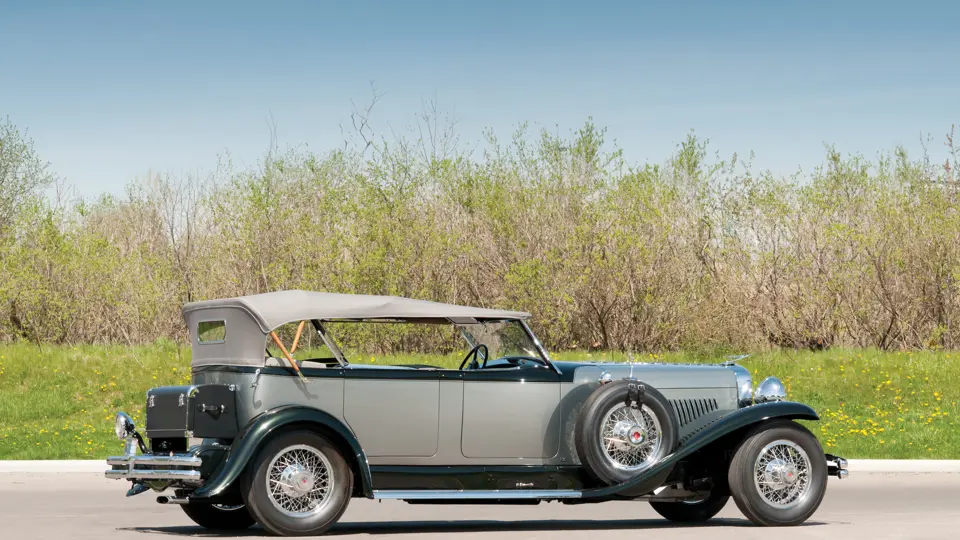
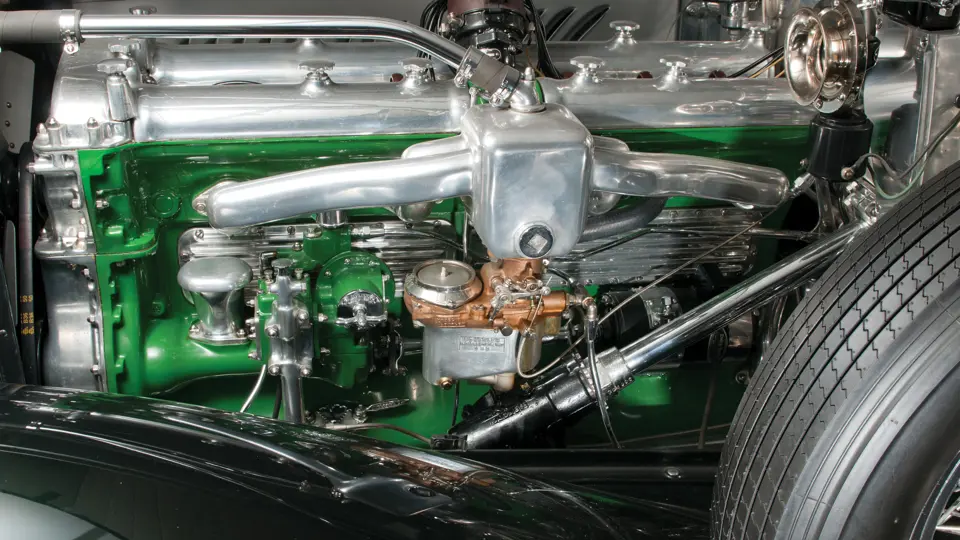
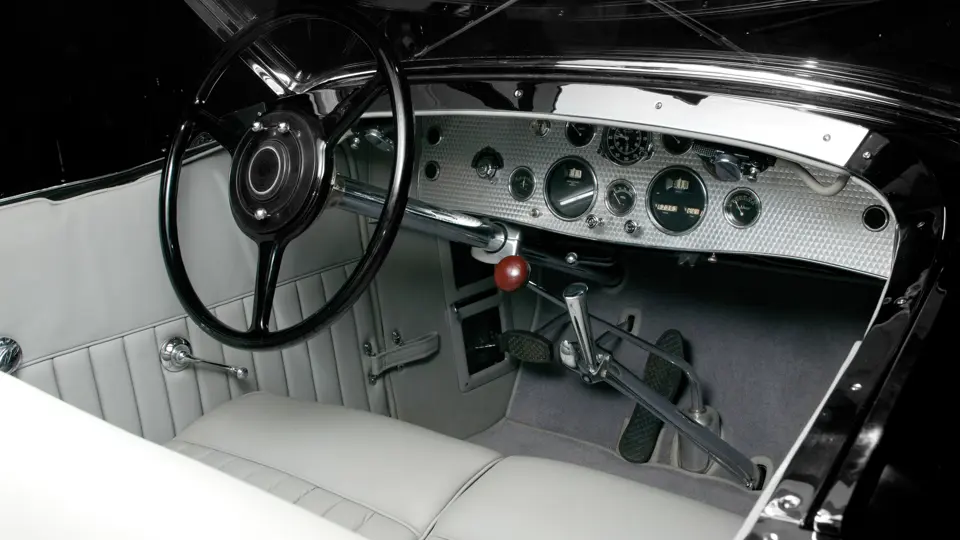


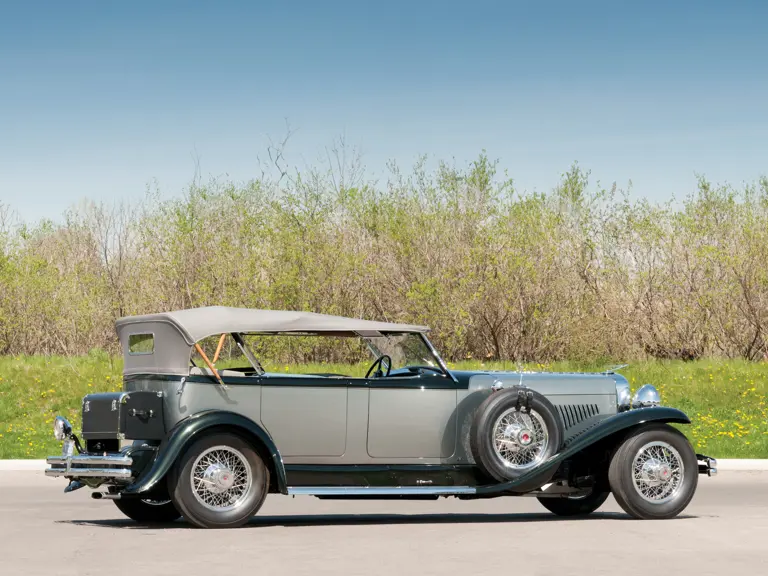
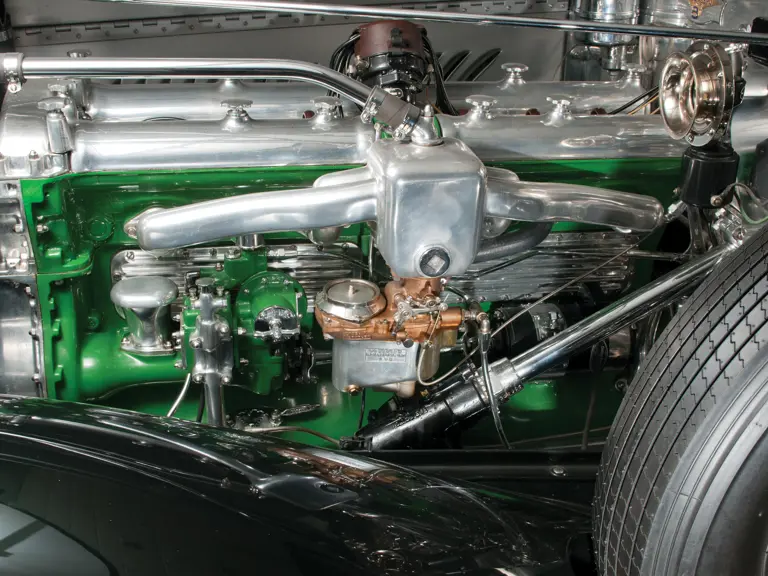
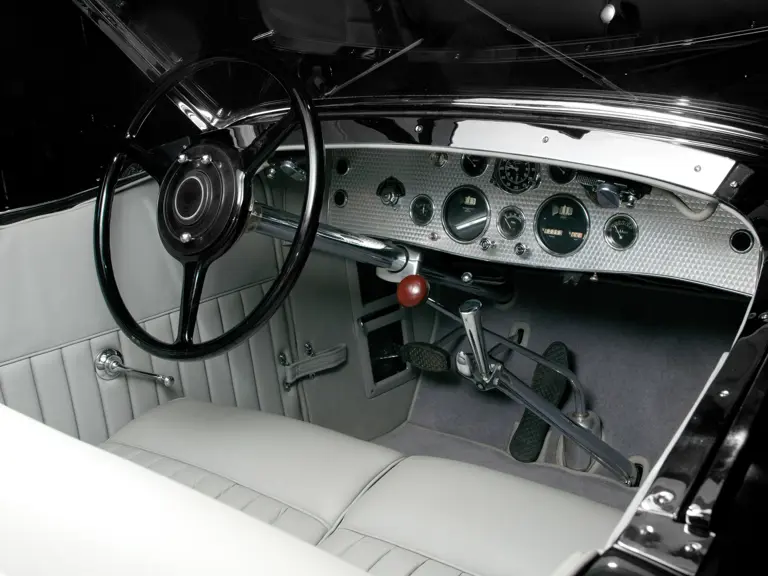
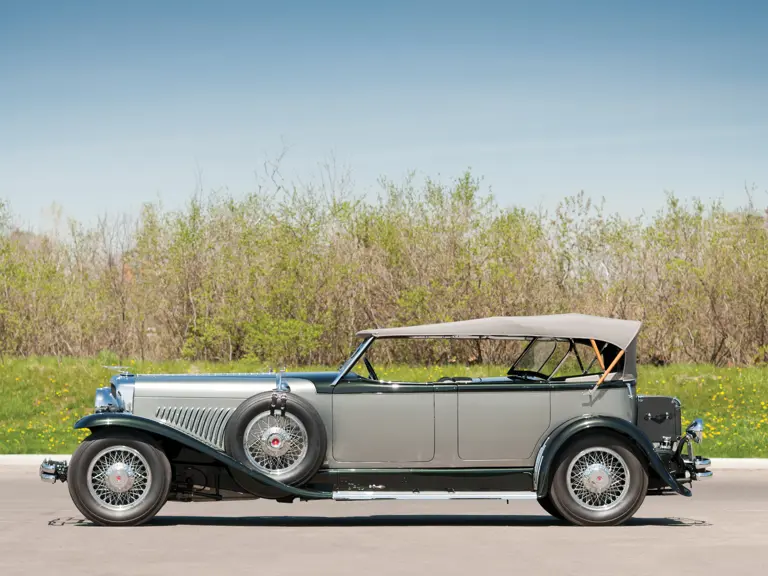
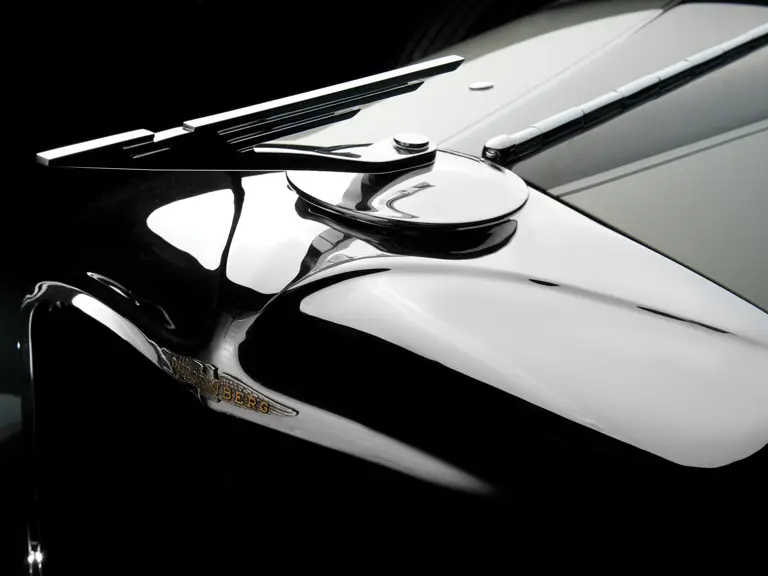
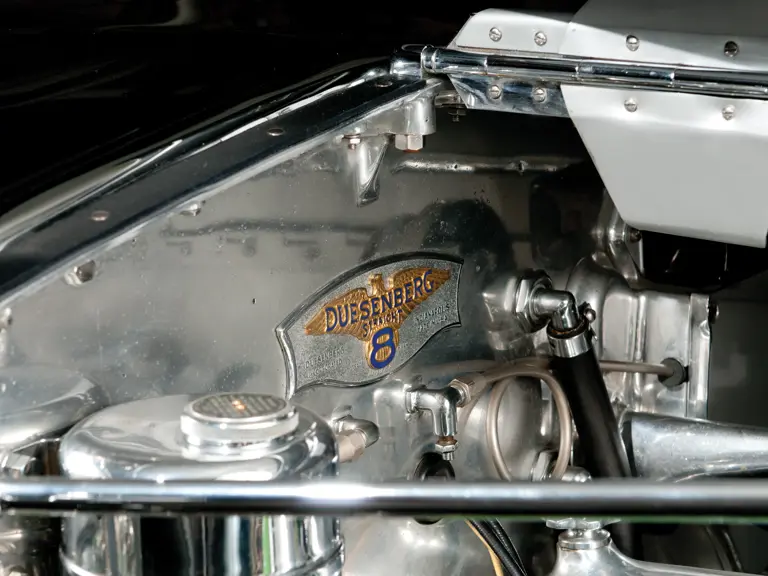

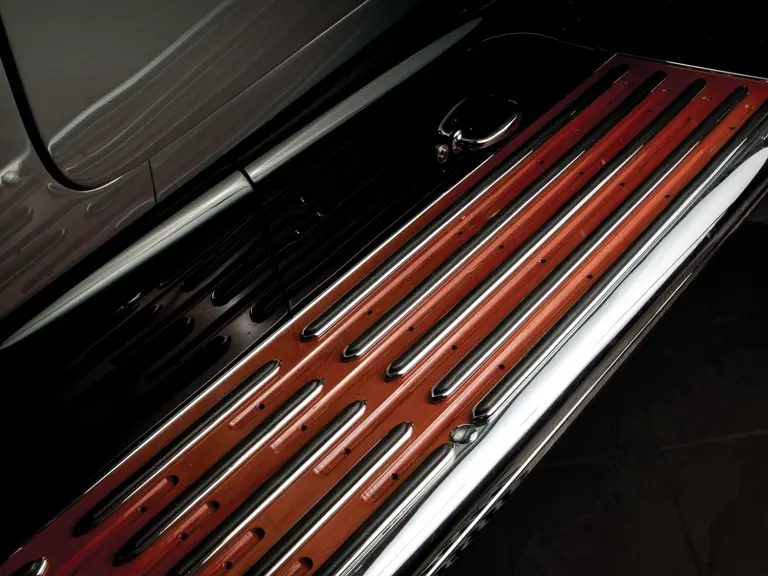

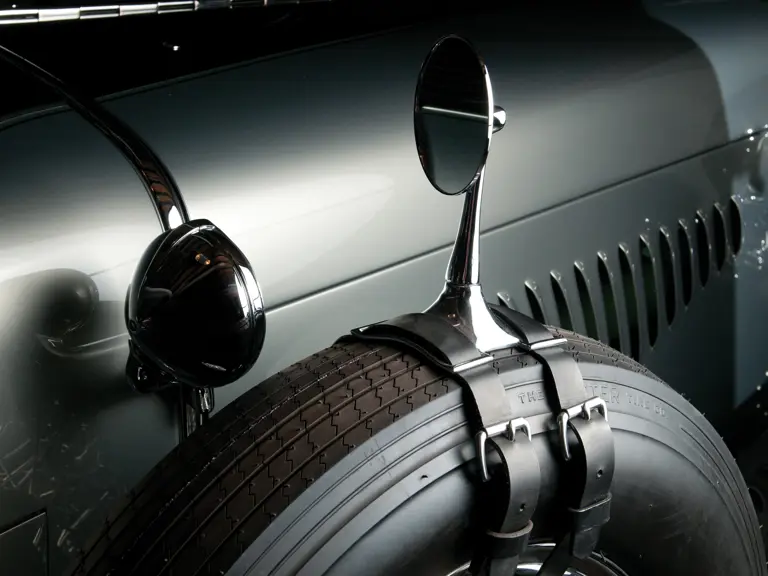
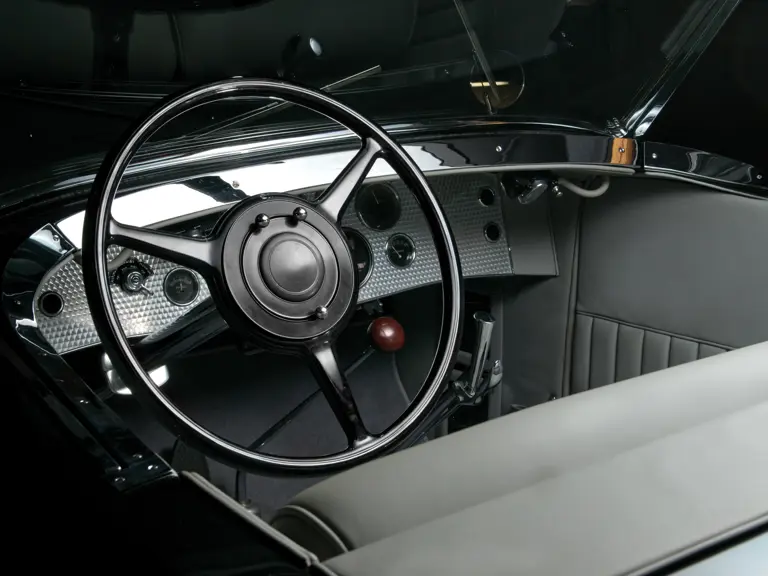

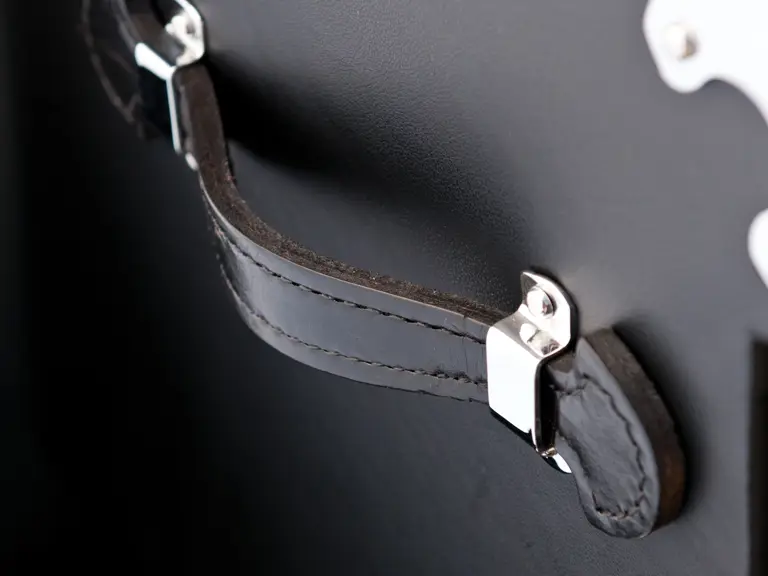
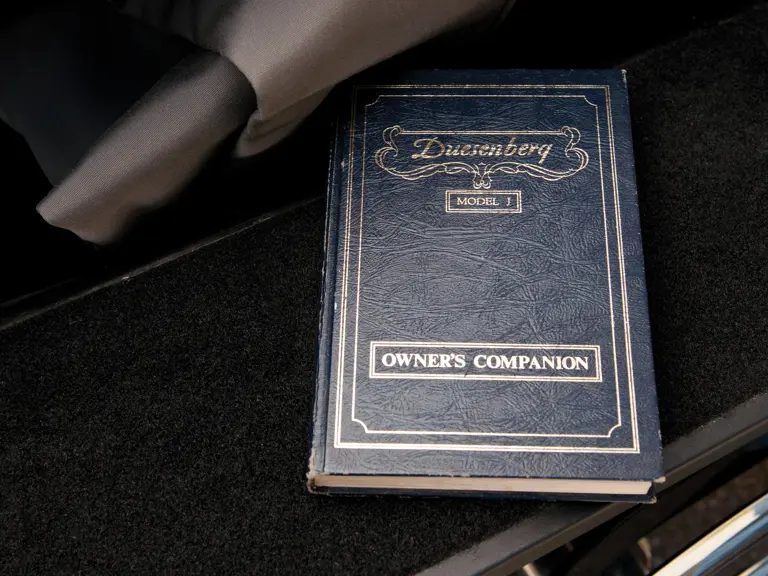

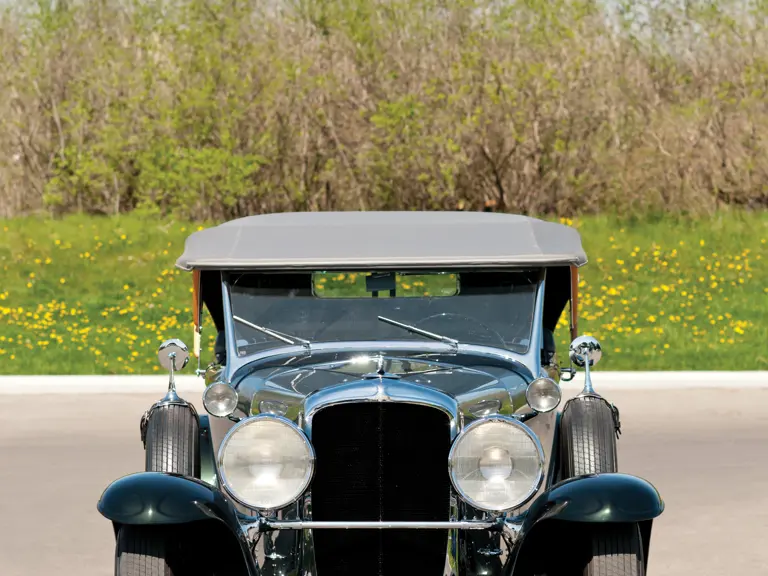
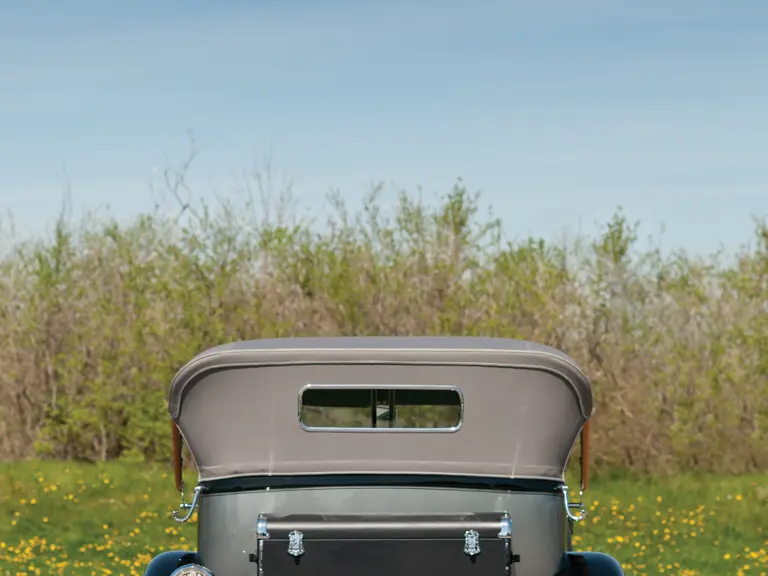
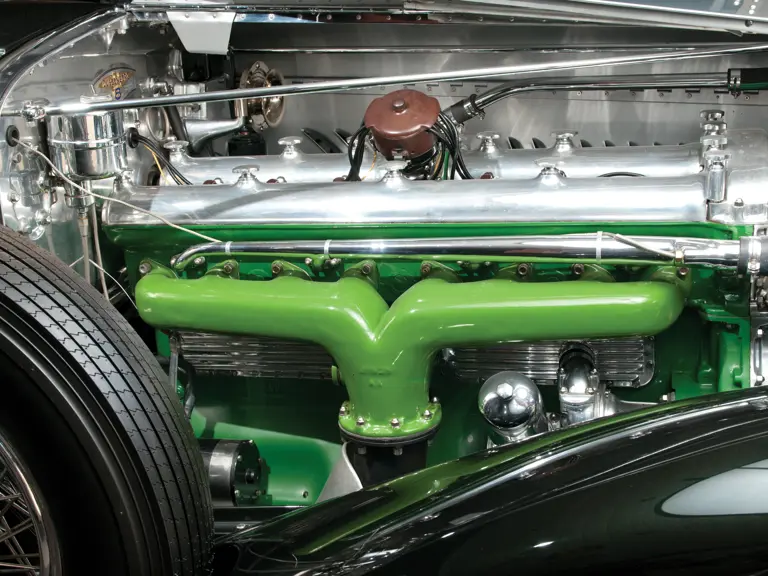
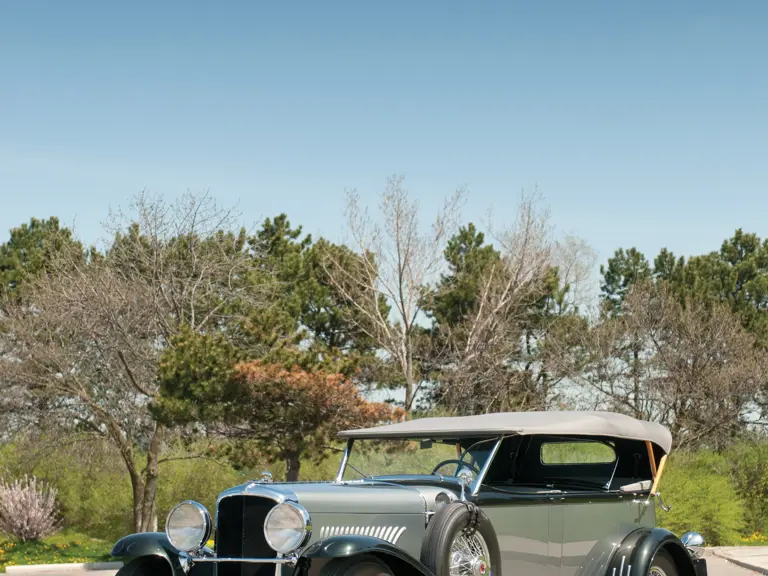
 | Plymouth, Michigan
| Plymouth, Michigan

